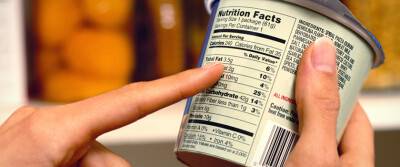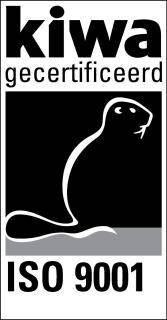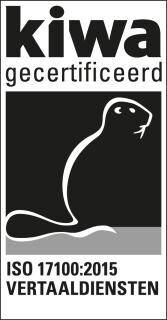
Diverse international requirements for food packaging
Products intended for sale and use in the European Union or the European Economic Area (EU/EEA) must fulfil safety, health and environmental requirements. It is therefore important that, as a manufacturer, trademark holder or importer, your food packaging satisfies the standards required in the export country and that they have the necessary certificates before exporting.
There is more to it than simply translating a label and sending it to another country. For instance, there are differences in the regulations and requirements for food packaging around the world. You company could be exposed to a substantial claim if the text is incorrect when things go wrong. In this blog:
- An explanation of the worldwide differences;
- Why it is so important to translate the packaging;
- How you can do this as efficiently as possible with a few tips
Global differences
Aside from the fact that all the information on the packaging must be readable in Dutch, it is also permitted to include multiple languages on the packaging, regardless of whether they are understood in the Netherlands. This does need to comply with European and Dutch legislation. Article 3 of the Foodstuffs Information (Commodities Act) Decree states:
At least the Dutch language shall be used for the mandatory food information and for the labelling statements referred to in Article 15(2) of Regulation (EU) 1169/2011.
But what if you want to export to America? Then you need to consider that there are different regulations for food packaging than in Europe. In addition to the mandatory standards, American consumers may require you to ensure that the goods meet certain standards. For many B2C products, it is also mandatory to have a declaration of conformity in the United States. This is a document issued by the European Commission stating that your company complies with the European directives.
Further, you will need to take into account the customs formalities if you want to export to America. You can do this yourself or have this done by a customs broker. Consider the logistics process, insurance and export documents that may be involved.
Another notable point is that the United States does not have VAT. They call this "sales tax". The sales tax is applied to every sale and varies from state to state. Because it can vary so much, this can become quite complicated for your business. That is why it is best to obtain advice from a tax specialist.
Why is translation so important?
If the labels on the packaging are wrong, your company could face a substantial claim. Of course, this is something you want to avoid at all costs. The Netherlands Food and Consumer Product Safety Authority (NVWA) checks whether the labels on food packaging present the correct information. This is especially important for people who could experience allergic reactions to certain foods.
If companies do market or store products with an incorrect label, this must be reported to the NVWA. The NVWA works with the company to look at what the risks are and the best action to take. This is why recalls are sometimes launched with shops.
How can you do this efficiently?
It would be easy if you could simply send the label to another country after you’ve translated it. Unfortunately, it doesn’t work that way. Here are a few tips on how to make this process as efficient as possible:
Investigate the practices in the export country
It is important to investigate the customs and usage in a country before exporting products there. Not every country has the same customs, such as the use of certain symbols. They sometimes have different meanings than in the Netherlands. Further, it is sometimes necessary to modify the technical aspects in an instruction manual.
Check of de ingrediënten zijn toegestaan
Are you unsure whether the ingredients are allowed? Always have them checked before purchasing. If you find out that a certain ingredient is not allowed in the export country for the product, it will not be permitted to sell the product there. That makes it important to make sure your company is aware that not all ingredients are permitted, and that this needs to be checked beforehand.
Present the nutrition facts table correctly
In Europe, we are accustomed to using 'per 100 g/100 ml' in the nutrition labelling, sometimes with 'per serving’ as well. In the United States and Indonesia, only 'per serving' is stated on the nutrition labelling. Carbohydrates are also calculated differently in the United States, so it is important to convert them properly in advance.
Check if the legal name is defined in national legislation
Not every name used in the Netherlands is permitted in other countries. There are also a number of legal texts that are set down word-for-word in the regulation. Not sure? You can search by key words or document numbers in EurLex to find the designation and/or legal text you can use.
Use the translators at AgroLingua for your translations
Finally, it is important that everything is translated correctly. Look no further than AgroLingua. We specialise in translations for the agricultural, horticultural, livestock, food, and related sectors. And we always consider the specific terminology used in various languages.
Are you curious about our translation services and what we can do for you? Please contact us for more information.
Back to blogs





